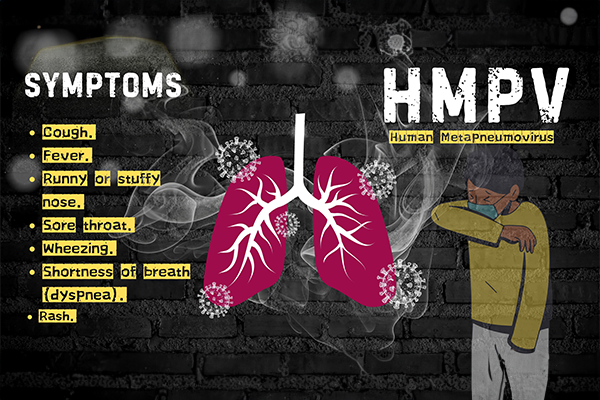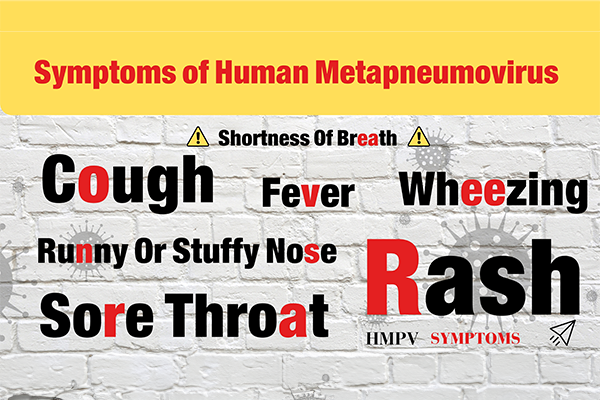
The recent outbreak of the Human Metapneumovirus (HMPV) has raised significant concerns, especially given its potential to affect vulnerable populations such as children and the elderly. Dr. Ankita Baidya, Consultant - Infectious Diseases at Manipal Hospitals Dwarka, New Delhi, provides valuable insights into the nature of this virus and the necessary precautions to mitigate its spread.
Synopsis
Symptoms and Vulnerable Populations

-
Flu-like symptoms: Fever, sore throat, runny nose, nasal congestion, cough, body ache, and malaise.
-
Severe complications: Pneumonia, particularly in children and the elderly.
-
Hospitalization: May be required in severe cases.
Preventive Measures
-
Hand hygiene: Regularly wash hands with soap and water.
-
Wearing masks: Especially in crowded places or when experiencing symptoms.
-
Social distancing: Maintain distance to reduce transmission.
-
Incubation period: 3-6 days; individuals with symptoms should wear masks to prevent transmission.
-
Travel precautions: Report to health authorities upon arrival from impacted regions.
Potential for a Pandemic
-
Global reports: HMPV has been reported worldwide, primarily affecting children and infants.
-
Current strain: Increased hospitalizations in affected countries like China.
-
Preventive measures: Understanding virus properties and implementing timely precautions are crucial.
Current Situation in India
As of now, there are three confirmed cases of HMPV in India, primarily affecting children under two years of age. With improved testing, more cases may be identified. However, Dr. Baidya advises against panic, emphasizing the importance of respiratory precautions and isolation for those showing symptoms or traveling from outbreak areas.
Symptoms and Treatment

-
Common symptoms: Fever, sore throat, cold, sneezing, blocked nose, headache, dry cough, and shortness of breath.
-
Severe disease: More common in children and the elderly.
-
Supportive care: Focus on alleviating symptoms.
-
Recovery: Typically within a week for patients with good immunity.
Conclusion
Dr. Baidya's insights underscore the importance of vigilance and timely precautions in managing the HMPV outbreak. By maintaining hand hygiene, wearing masks, practicing social distancing, and strengthening diagnostic facilities, we can mitigate the spread of this virus and protect vulnerable populations.
Stay informed, stay safe, and take the necessary steps to protect yourself and your loved ones from HMPV.
FAQ's
HMPV typically presents with flu-like symptoms such as fever, sore throat, runny nose, nasal congestion, cough, body ache, and malaise.
Children and the elderly are particularly susceptible to severe complications, including pneumonia, which may require hospitalization.
Maintain hand hygiene, wear masks, practice social distancing, and avoid close contact with symptomatic individuals. Travelers from impacted regions should report to health authorities.
Wear a mask, isolate yourself, and seek medical advice. If you have traveled from an outbreak area, report to health authorities for early detection and containment.
It is too early to determine if HMPV will become a pandemic. However, understanding the virus's properties and implementing preventive measures are crucial to preventing its spread.



















 3 Min Read
3 Min Read















